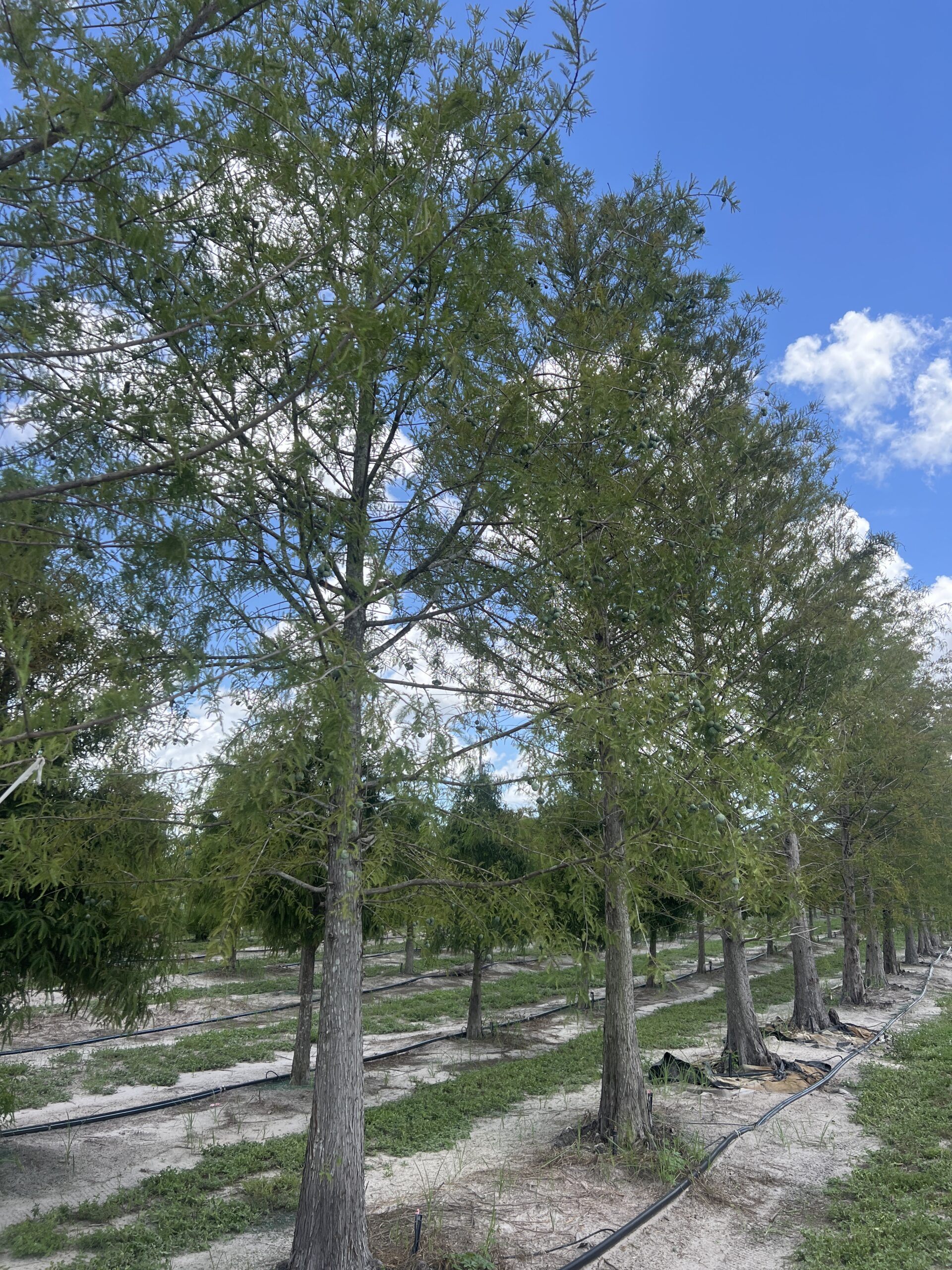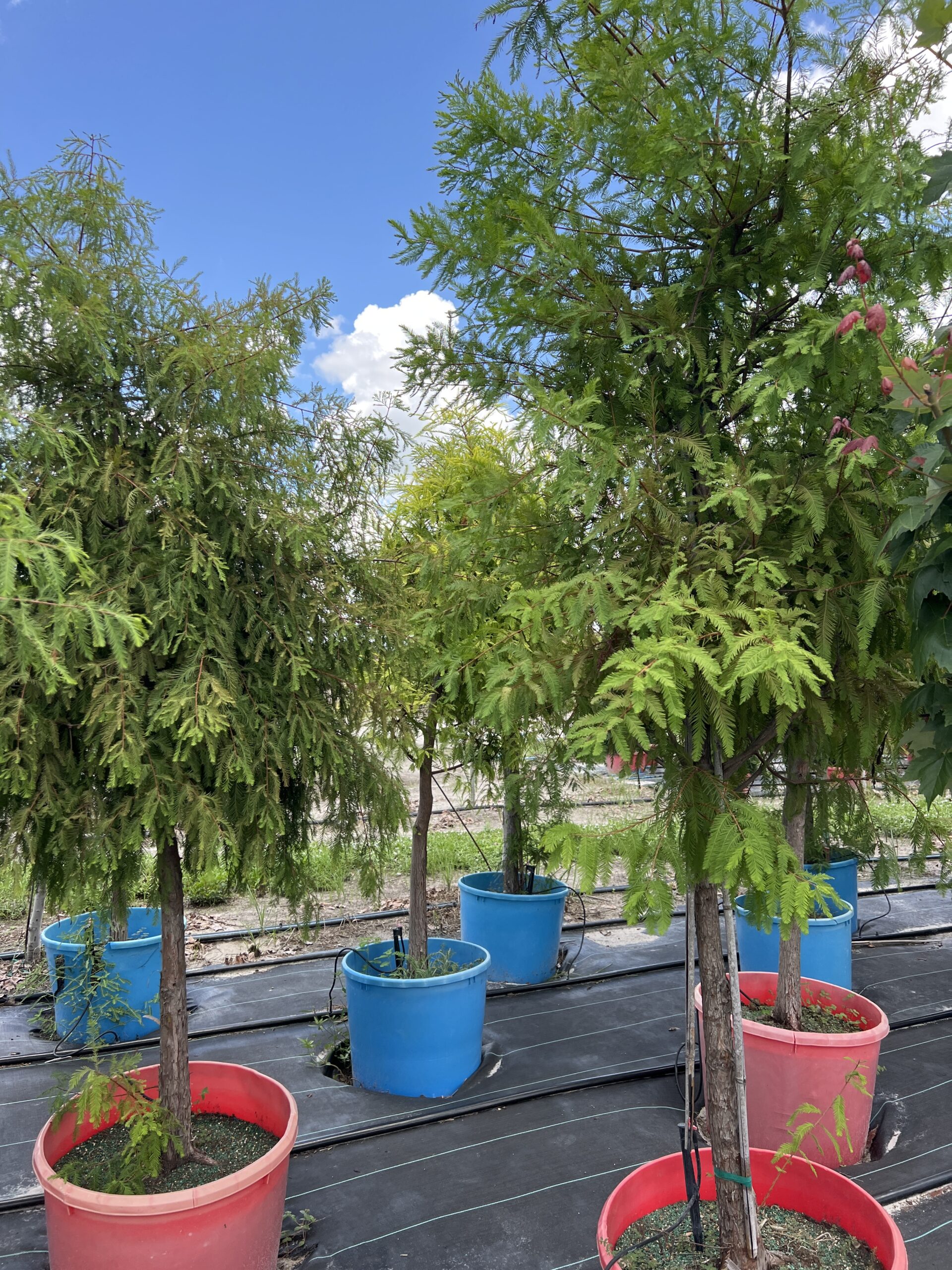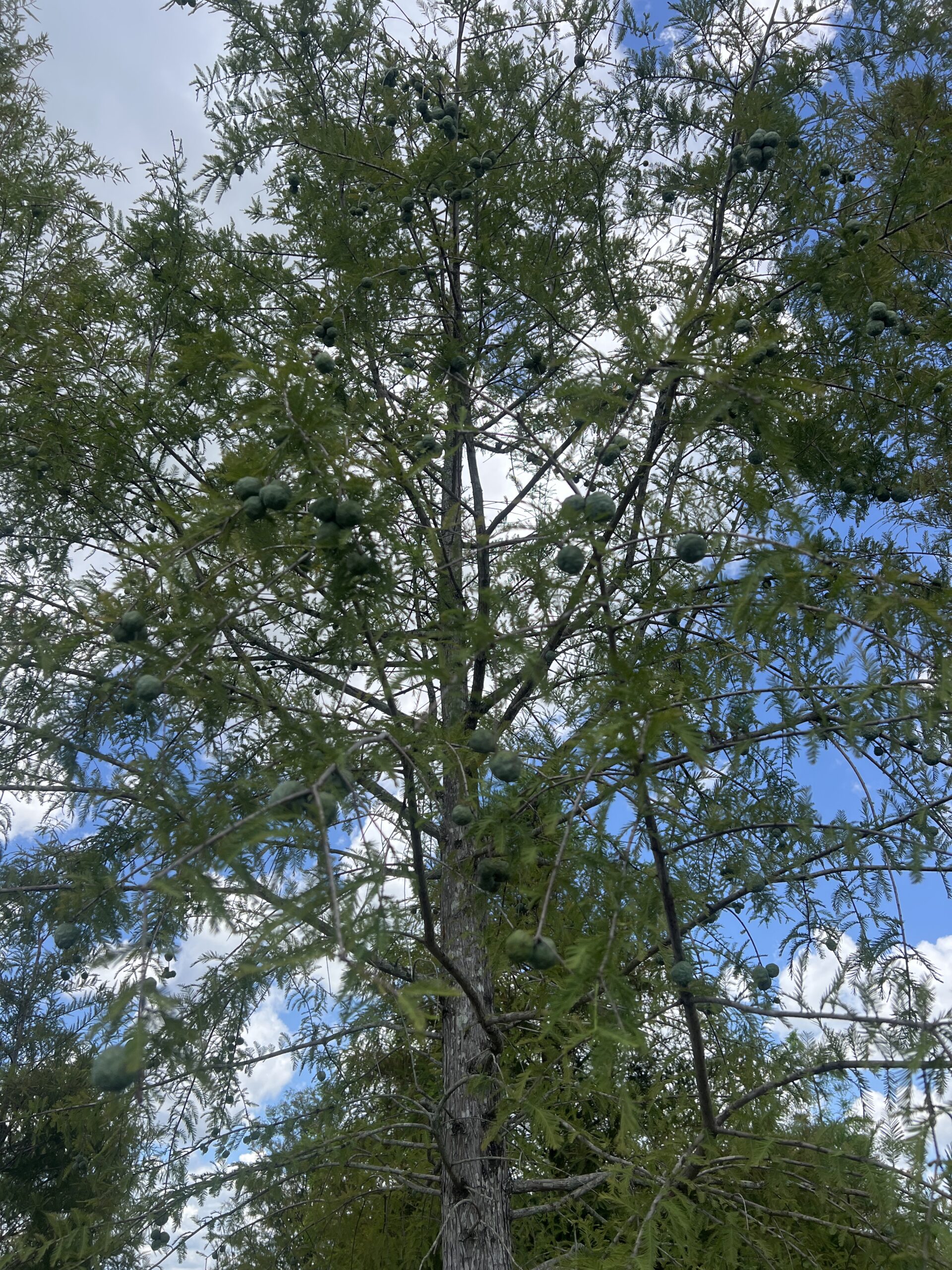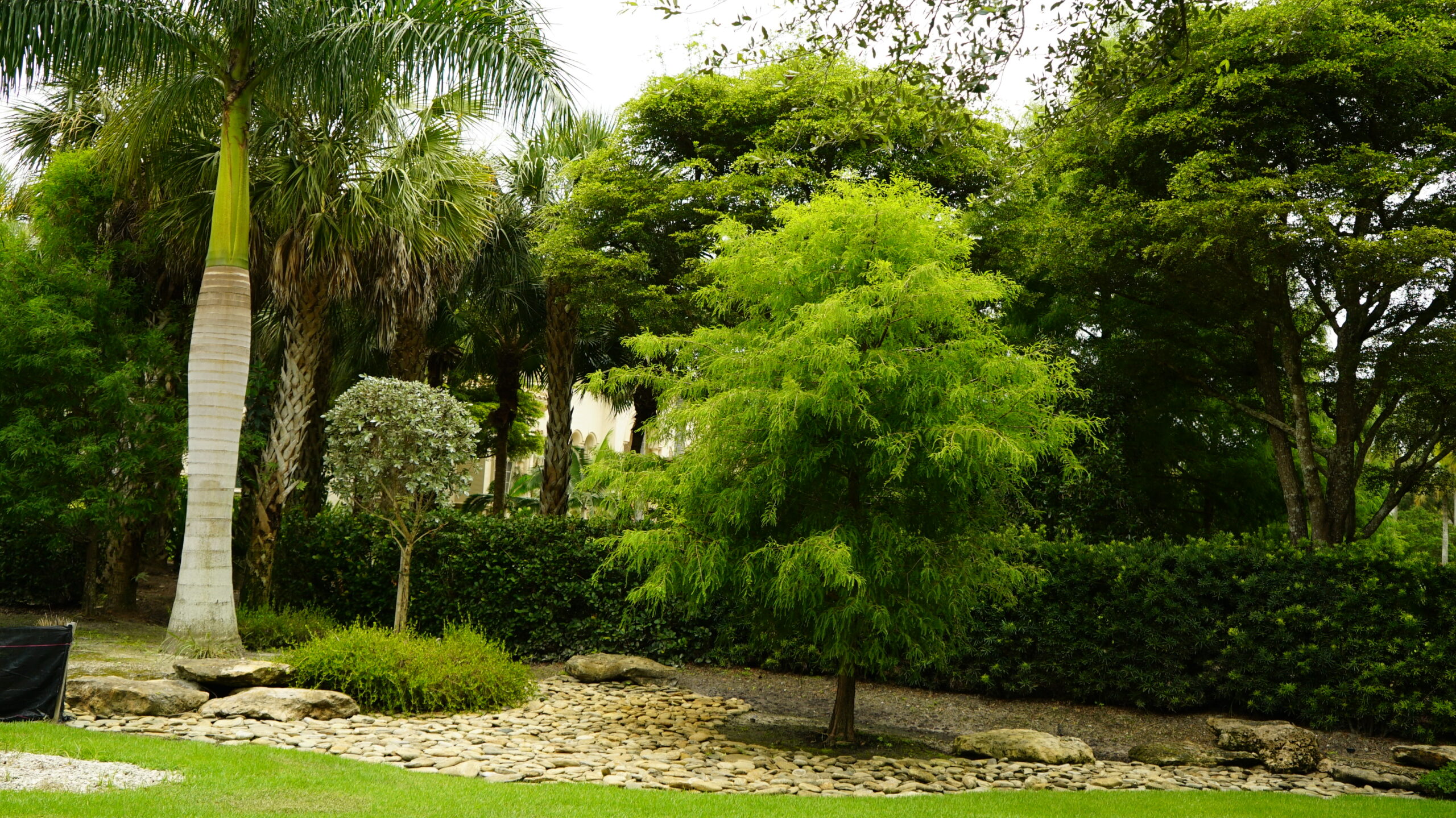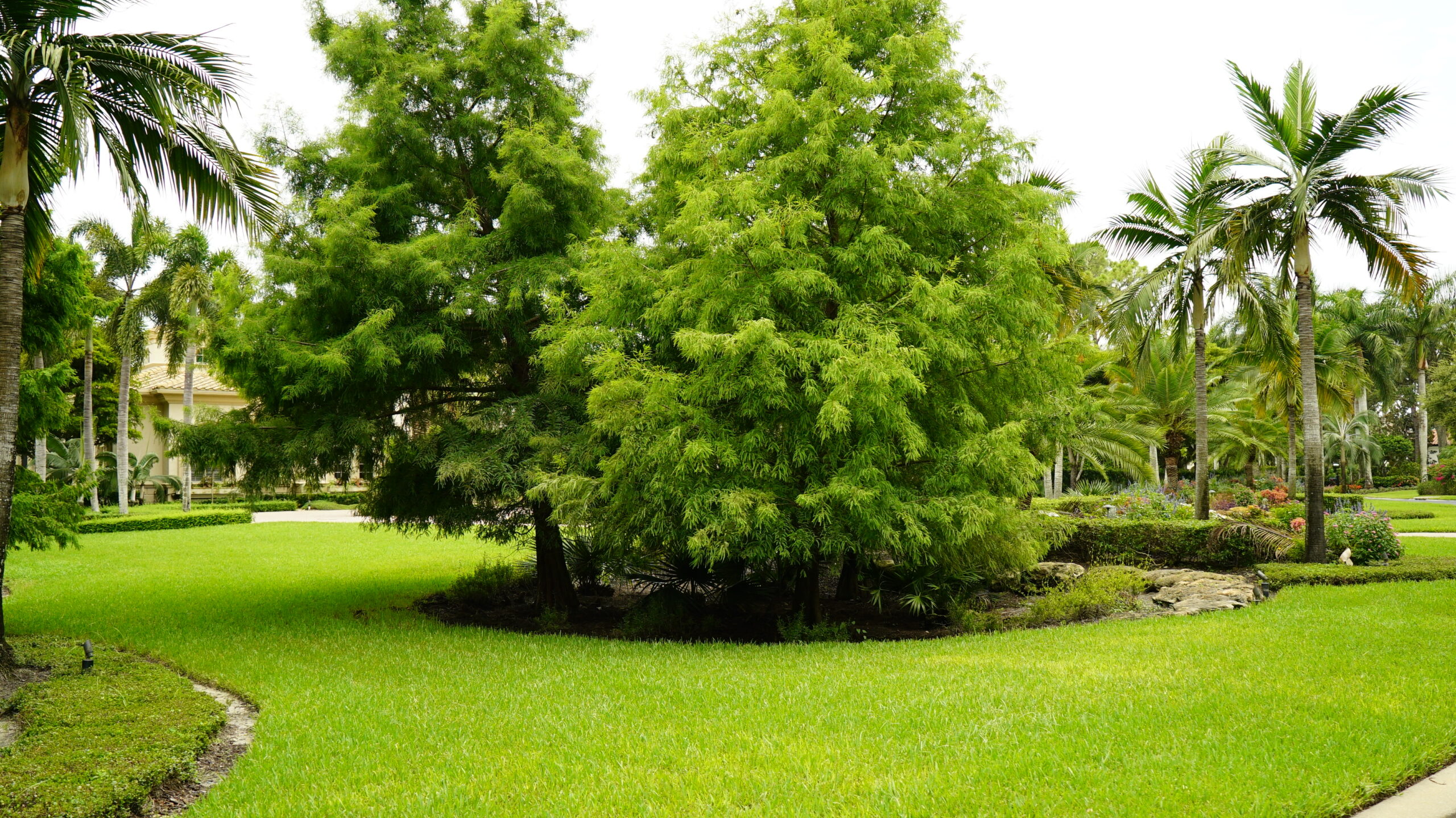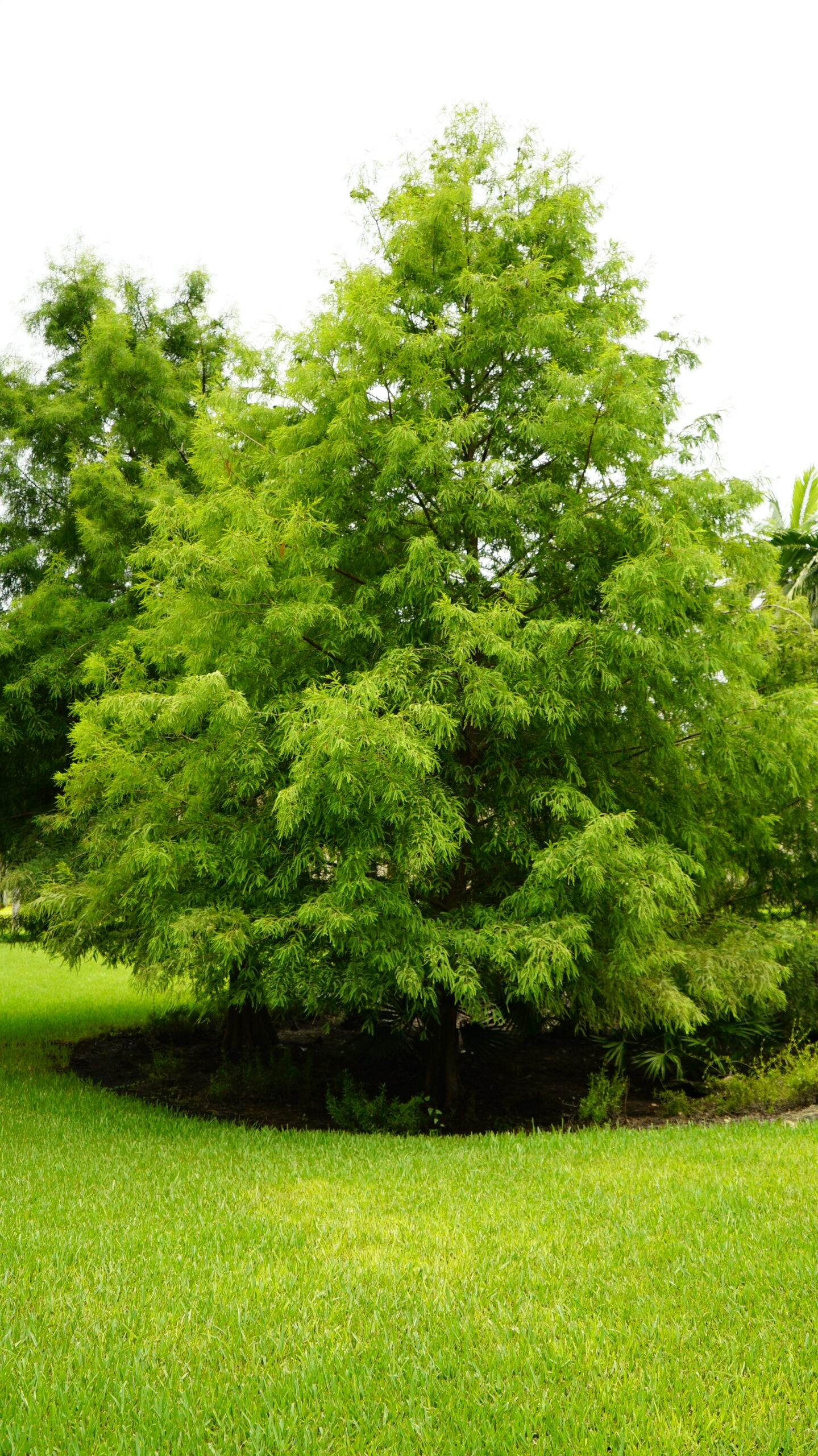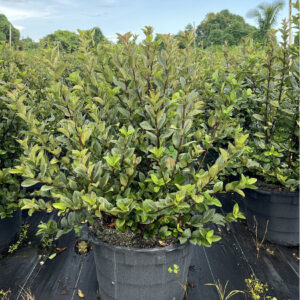Bald Cypress
The Bald Cypress (Taxodium distichum) is a majestic deciduous conifer native to the southeastern United States, known for its feathery, bright green leaves that turn rusty orange or brown in fall before shedding. Growing 50 to 70 feet tall, and sometimes over 100 feet in ideal conditions, it thrives in moist to wet soils, tolerating flooding and drought once established. Thriving in USDA Zones 4-10, it prefers full sun and well-draining, acidic to neutral soils. Minimal care is needed beyond occasional deep watering and pruning for shape. Ideal for large landscapes, wet areas, or as a specimen tree, its unique “knees” and longevity make it a beloved choice for ecological restoration and ornamental landscaping, providing shade and habitat in diverse environments.
$905.45 – $7,243.60
Related products
-
All Products
African Iris
$20.37 This product has multiple variants. The options may be chosen on the product page -
All Products
Viburnum Suspensum
$36.20 – $253.53 This product has multiple variants. The options may be chosen on the product page
Bald Cypress (Taxodium distichum)
Color:
Leaves: Feathery, needle-like leaves that are bright green in spring and summer, turning rusty orange or brown in fall before shedding.
Bark: Reddish-brown and fibrous, becoming deeply furrowed with age.
Cones: Small, round, woody cones that mature in one season.
Climate:
Native to southeastern United States, including wetlands and swampy areas.
Thrives in moist to wet soils, often found near rivers, streams, and lakes.
Tolerant of flooding and drought once established.
Size:
Typically grows 50 to 70 feet (15 to 21 meters) tall, but can reach over 100 feet (30 meters) in ideal conditions.
Spread can be around 20 to 30 feet (6 to 9 meters).
Care:
Light: Prefers full sun but can tolerate partial shade.
Water: Requires regular watering when young. Once established, it is drought-tolerant but benefits from occasional deep watering.
Soil: Thrives in moist, acidic to neutral soils. Tolerates clay and sandy soils.
Fertilizer: Generally does not require fertilizer if planted in its preferred soil conditions.
Pruning: Minimal pruning needed for shape. Remove dead or crowded branches as needed.
Zone:
USDA Hardiness Zones 4-10.
Landscaping:
Ideal for large landscapes, wet areas, or as a specimen tree.
Provides excellent shade and can be used to line driveways or as a windbreak.
Suitable for naturalized areas and designed water gardens.
Additional Info:
Roots: Develop “knees” in oxygen-deprived soils, which are not roots but pneumatophores that help the tree breathe.
Longevity: Known for its longevity, with some trees living over 600 years.
Wildlife: Provides habitat for birds and other wildlife, particularly in wetland environments.
Wood: Highly durable wood used historically for construction and outdoor applications.
Interesting Fact:
The Bald Cypress is a deciduous conifer that sheds its needle-like leaves in winter, hence the name “bald.” It is well-adapted to wet environments and its unique knees make it a distinctive and valuable tree for both ecological restoration and ornamental purposes.
| Size | 20-25Ft OA, 25 Gallon |
|---|

